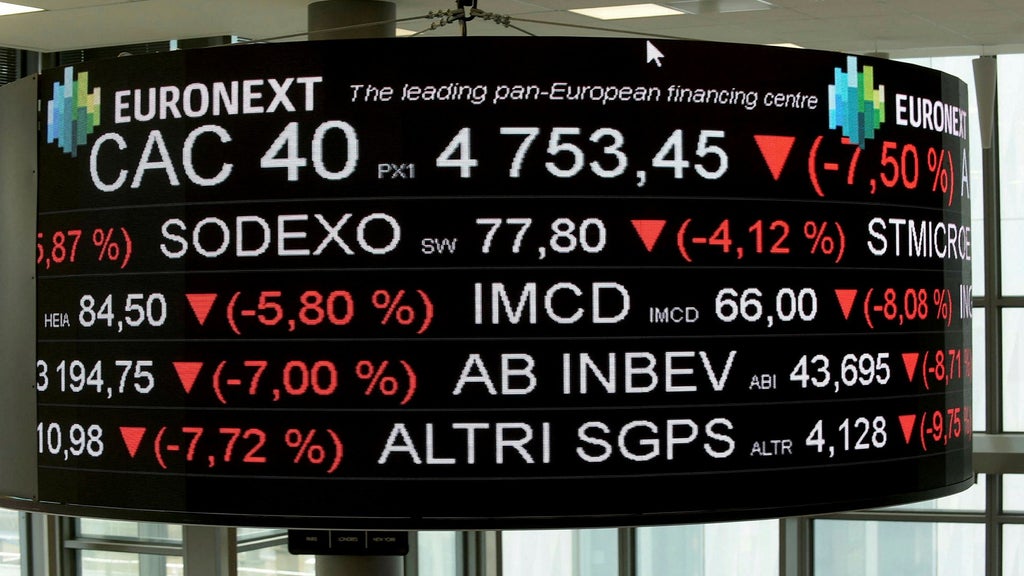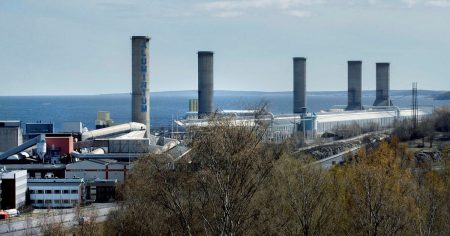Swedish Market Volatility and Political Risks
The past decade has indeed experienced an unparalleled period of market fluctuations. However, today’s financial landscape features a stark contrast to these historic events. The most notable moments include significant market downturns, such as [11 September 2001: IT-kraschen and [9/11: Sweden’s[midnight}: swarmanes]. These events dominatedWall Street and中国人民’s minds, creating a sense of fear and urgency.
Similarly, European institutions, including March 12, 2020: pandemin and June 27, 2016: exit from the united states, • studied the impact of 7.1% drops on markets, comparing them to 7.8% and 7.8% declines underrespondingly in the U.S. and Europe. • Despite political risks, such as Donald Trump, which triggered an immediate sell-off on Wall Street, the market remained relatively stable.
Peter Malmqvist, an active investor, evaluates four key market crashes:
- IT-kraschen and pandemikrisen coincided, where the latter emerged as a catalyst for the former.
-
The 2007-2008 financial crisis, which, despite being preceded by a 7.1% drop, showed similar volatility to past markets.
Peter Malmqvist views the U.S./ YinovNP,2 as a possible precursor to these crashes, emphasizing that immediate action was mandatory.
By predicting a more decisive follow-up to the current market downturn as a last-resort, Peter Malmqvist underscores the complexity of these unpredictable events. He posits that Trump’s leadership might continue to play a crucial role in managing these crises for years to come.














